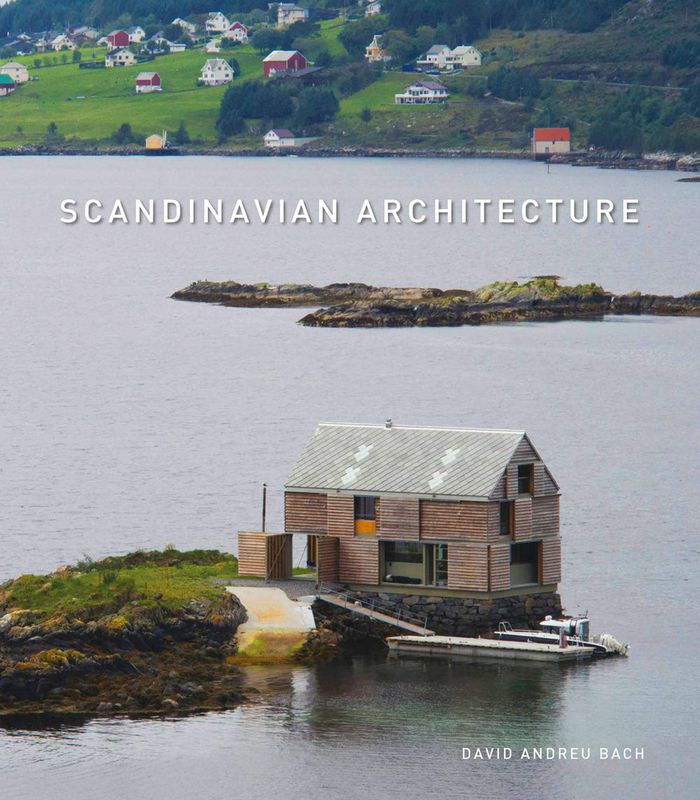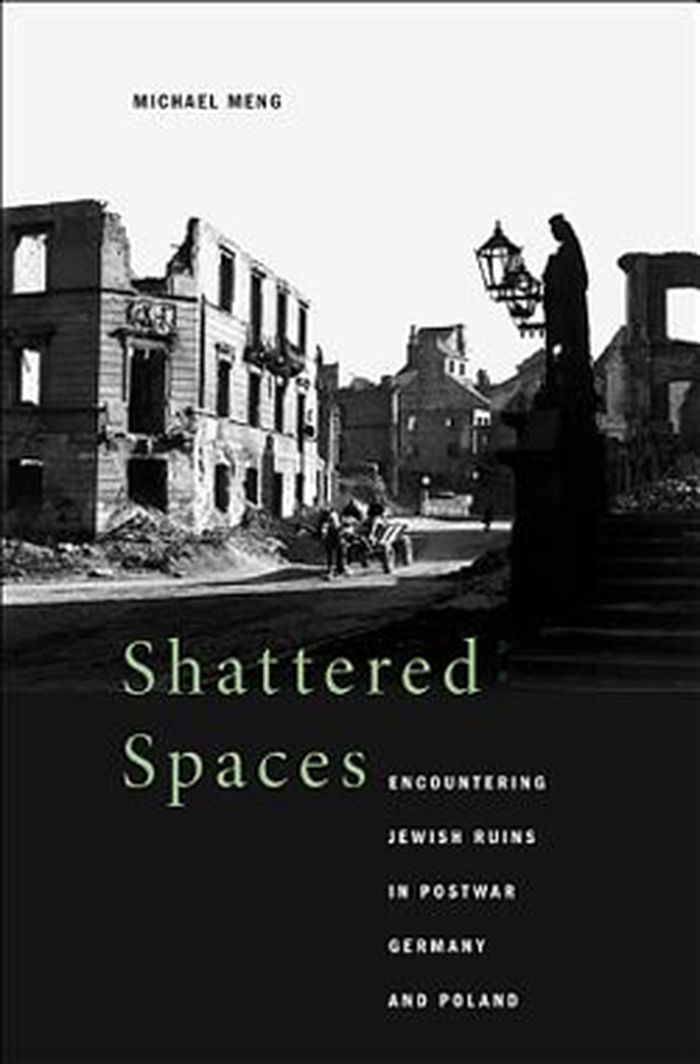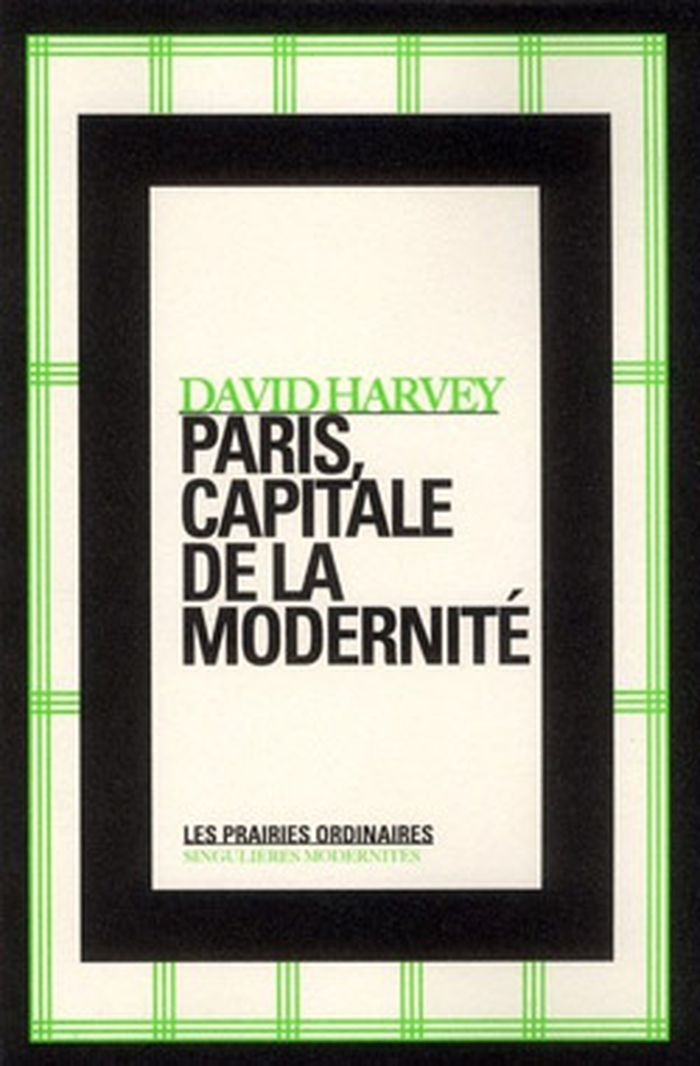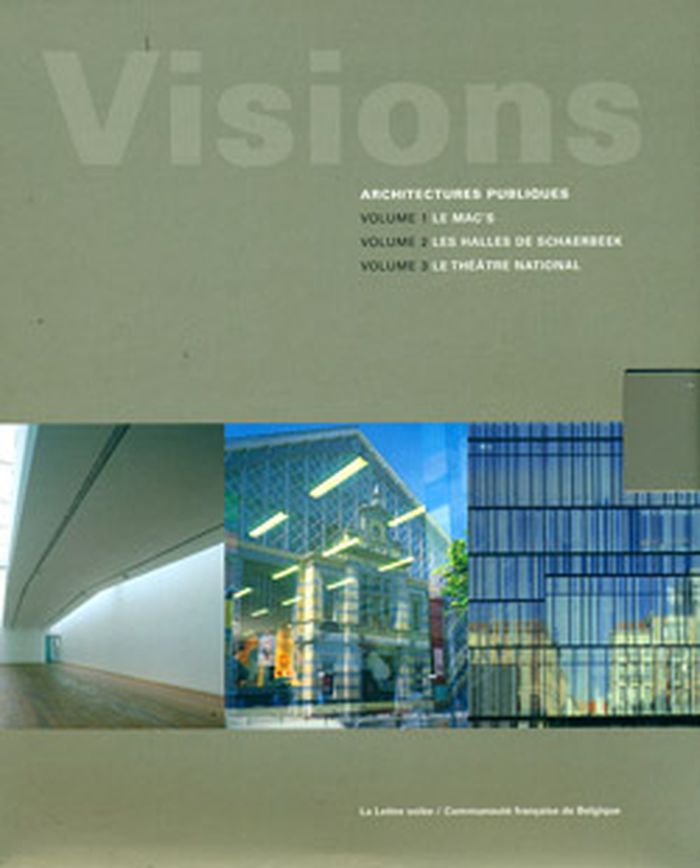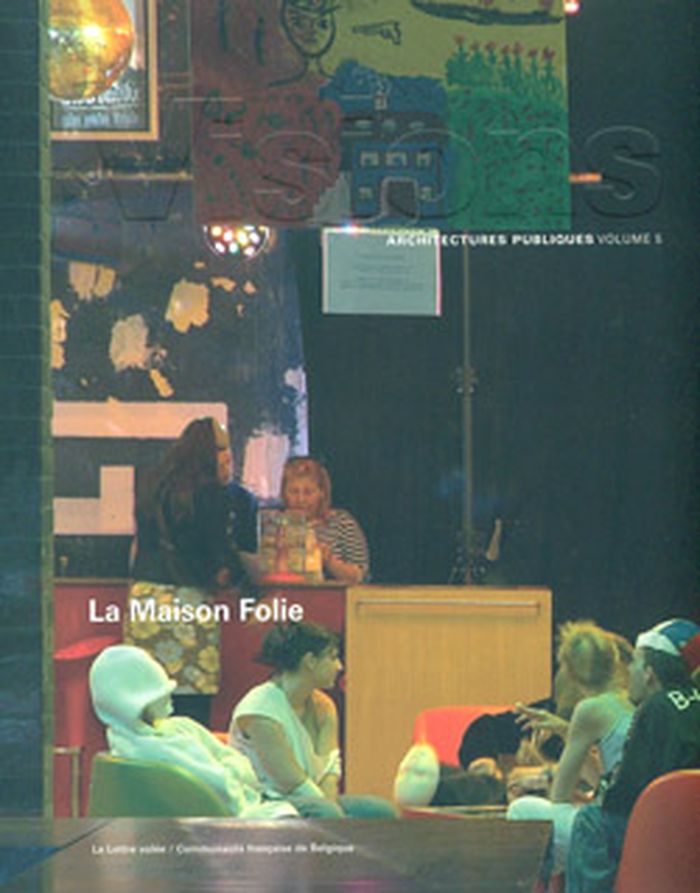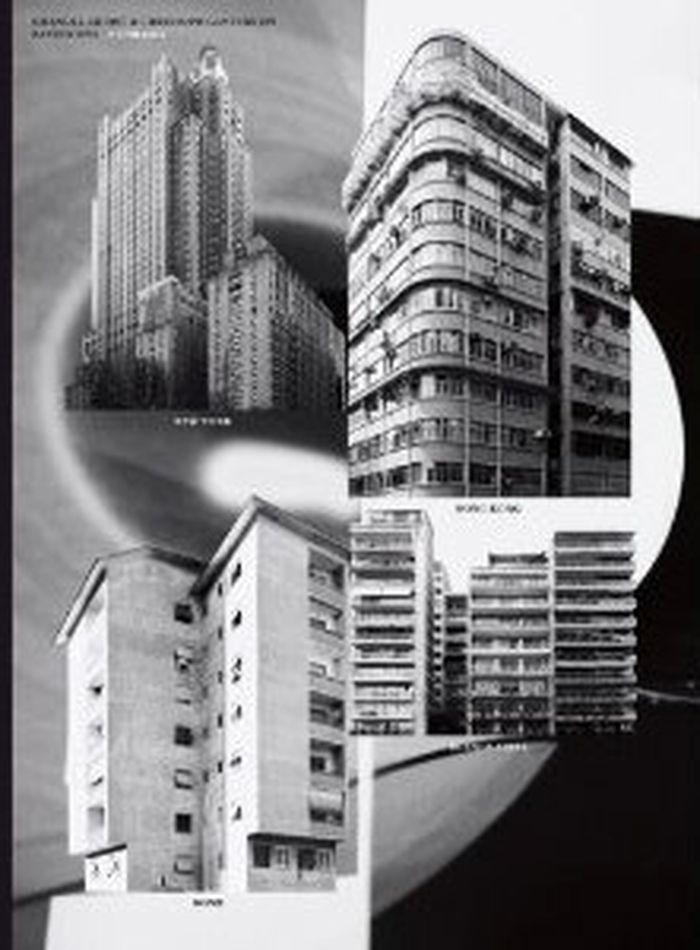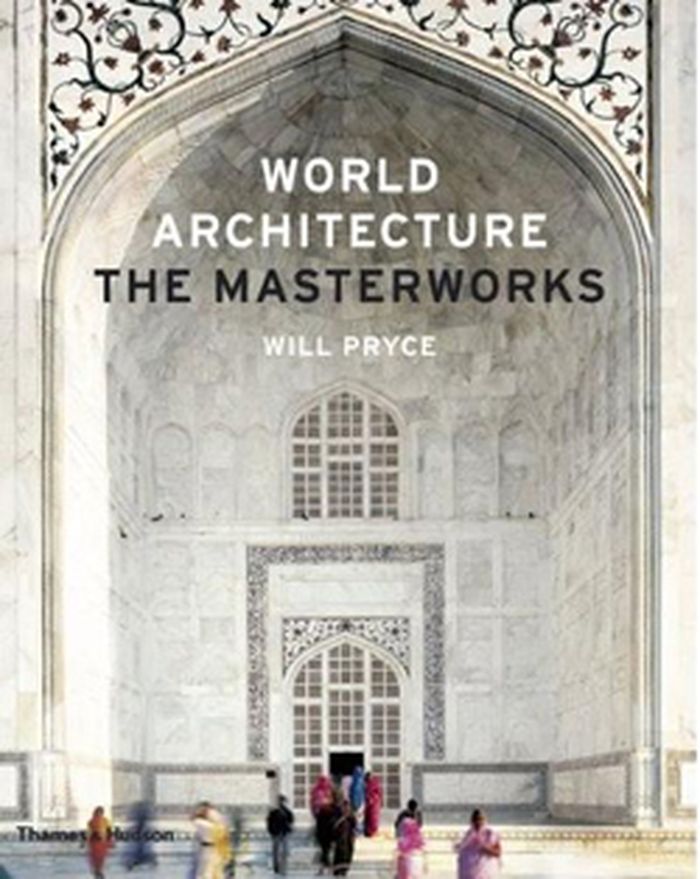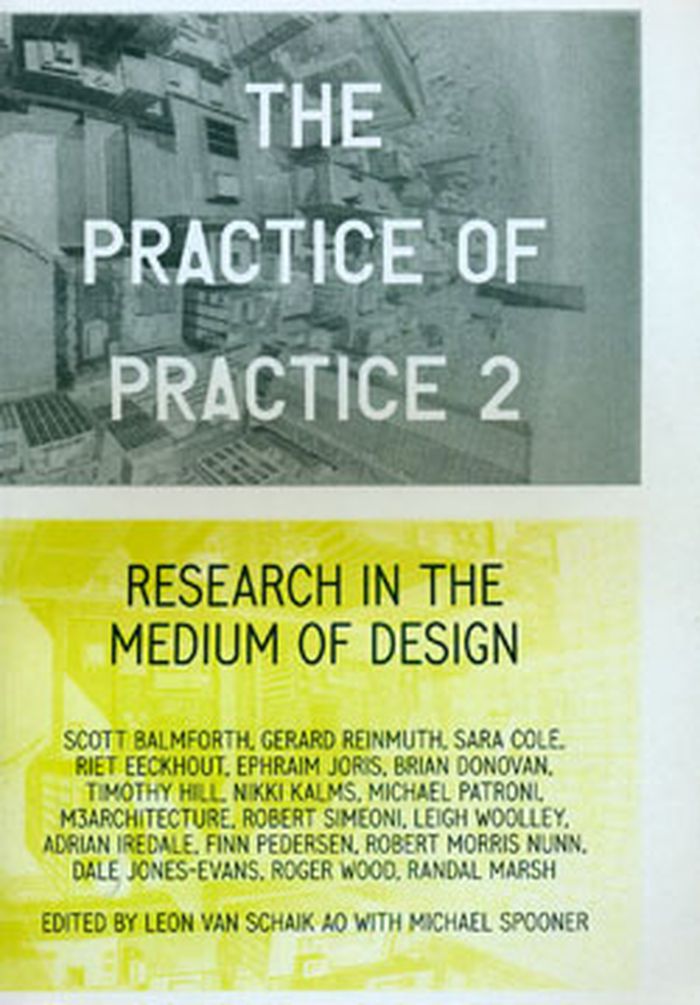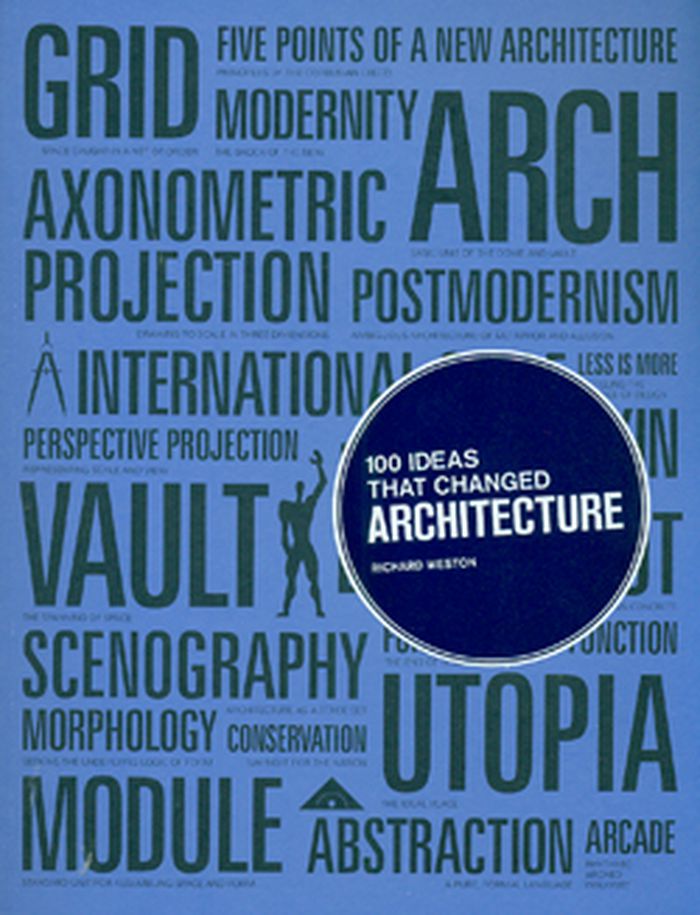Scandinavian architecture
$62.00
(available to order)
Summary:
''Scandinavian architecture'' presents the most complete survey of Nordic architecture available today. Showcasing examples of public, domestic and commercial buildings, this beautiful volume exhibits how Scandinavian architects use their own resources and traditions, as well as adapting the styles of medieval, Renaissance, baroque and modern Europe. With more than 500(...)
Scandinavian architecture
Actions:
Price:
$62.00
(available to order)
Summary:
''Scandinavian architecture'' presents the most complete survey of Nordic architecture available today. Showcasing examples of public, domestic and commercial buildings, this beautiful volume exhibits how Scandinavian architects use their own resources and traditions, as well as adapting the styles of medieval, Renaissance, baroque and modern Europe. With more than 500 illustrations providing a visual explanation of this region's architecture, this unique look into Scandinavia’s new generation of architects is an endlessly rich resource for anyone with a passion for architecture and interior design.
History since 1900, Reference Books
The story of architecture
$54.95
(available to order)
Summary:
In this sweeping history, from the Stone Age to the present day, Witold Rybczynski shows how architectural ideals have been affected by technological, economic, and social changes—and by changes in taste. The host of examples ranges from places of worship such as Hagia Sophia and Brunelleschi’s Duomo to living spaces such as the Katsura Imperial Villa and the Alhambra,(...)
The story of architecture
Actions:
Price:
$54.95
(available to order)
Summary:
In this sweeping history, from the Stone Age to the present day, Witold Rybczynski shows how architectural ideals have been affected by technological, economic, and social changes—and by changes in taste. The host of examples ranges from places of worship such as Hagia Sophia and Brunelleschi’s Duomo to living spaces such as the Katsura Imperial Villa and the Alhambra, national icons such as the Lincoln Memorial and the Sydney Opera House, and skyscrapers such as the Seagram Building and Beijing’s CCTV headquarters. Rybczynski’s narrative emphasizes the ways that buildings across time and space are united by the human desire for order, meaning, and beauty.This is the story of architecture’s physical manifestation of the universal aspiration to celebrate, honor, and commemorate, and an exploration of the ways that each building is a unique product of patrons, architects, and builders.
History since 1900, Reference Books
$38.95
(available to order)
Summary:
After the Holocaust, the empty, silent spaces of bombed-out synagogues, cemeteries, and Jewish districts were all that was left of Jewish life in many German and Polish cities. What happened to this scarred landscape after the war, and how Germans, Poles, and Jews encountered these ruins over the past sixty years, is the story this book tells.
Shattered spaces: encountering Jewish ruins in postwar Germany and Polland
Actions:
Price:
$38.95
(available to order)
Summary:
After the Holocaust, the empty, silent spaces of bombed-out synagogues, cemeteries, and Jewish districts were all that was left of Jewish life in many German and Polish cities. What happened to this scarred landscape after the war, and how Germans, Poles, and Jews encountered these ruins over the past sixty years, is the story this book tells.
History since 1900, Reference Books
$48.00
(available to order)
Summary:
Comment, au milieu du XIXe siècle, Paris a-t-elle pu devenir l’incarnation urbaine de la modernité ? Pour répondre à cette question, David Harvey a exploré les mutations connues par la ville à cette époque : transformation physique, avec les grands projets d’Haussmann, qui remplace le plan médiéval par les grands boulevards ; transformation économique, avec une(...)
David Harvey : Paris, capitale de la modernité
Actions:
Price:
$48.00
(available to order)
Summary:
Comment, au milieu du XIXe siècle, Paris a-t-elle pu devenir l’incarnation urbaine de la modernité ? Pour répondre à cette question, David Harvey a exploré les mutations connues par la ville à cette époque : transformation physique, avec les grands projets d’Haussmann, qui remplace le plan médiéval par les grands boulevards ; transformation économique, avec une nouvelle forme de capitalisme dominée par les puissances financières et industrielles ; transformation culturelle, avec l’irruption de ce qu’on appellera plus tard le modernisme ; transformation sociale, avec l’émergence de violents antagonismes de classes qui atteignent leur paroxysme dans les révolutions de 1848 et de 1871. En présentant la ville moderne comme le produit instable de forces hétérogènes et contradictoires, David Harvey nous offre une image vivante du fonctionnement de Paris ainsi qu’une vision panoramique de la période décisive que fut le Second Empire. Mais cette analyse de la ville moderne est aussi l’occasion d’une réflexion magistrale sur la ville contemporaine – sur la part de la population dans l’urbanisation, sur son accès aux ressources, en somme sur le «droit à la ville».
History since 1900, Reference Books
$59.95
(available to order)
Summary:
Volume 1: MAC's Musée des Arts Contemporains au Grand Hornu. Volume 2: Les Halles de Schaerbeek Volume 3: Le Théâtre National
History since 1900, Reference Books
August 2012
Visions, Architectures publiques, volume 1-3
Actions:
Price:
$59.95
(available to order)
Summary:
Volume 1: MAC's Musée des Arts Contemporains au Grand Hornu. Volume 2: Les Halles de Schaerbeek Volume 3: Le Théâtre National
History since 1900, Reference Books
$23.95
(available to order)
Summary:
La Maison Folie de Mons, à l’instar du Palais de Tokyo, de l’Espace Lu à Nantes ou encore de la Condition publique à Roubaix, n’a pas le souci de paraître, mais seulement celui d’être au plus près de ceux qui l’habitent, comme le dit Yves Vasseur, le directeur du Théâtre du Manège. Invité à redéfinir simplement les zones d’accueil et d’accès de la salle de théâtre des(...)
History since 1900, Reference Books
August 2012
Visions. Architectures publiques volume 5
Actions:
Price:
$23.95
(available to order)
Summary:
La Maison Folie de Mons, à l’instar du Palais de Tokyo, de l’Espace Lu à Nantes ou encore de la Condition publique à Roubaix, n’a pas le souci de paraître, mais seulement celui d’être au plus près de ceux qui l’habitent, comme le dit Yves Vasseur, le directeur du Théâtre du Manège. Invité à redéfinir simplement les zones d’accueil et d’accès de la salle de théâtre des Arbalestriers dans l’esprit des Maisons Folie qui venaient de voir le jour à Lille en 2004, Matador est parvenu à réaffecter l’ensemble du domaine exploitable. Si la salle de théâtre est restée dans son état initial, Matador, pratiquant une architecture de friche, revendique pleinement l’originalité des concepts d’Espace des possibles et de Margin’halle – ces deux lieux formant, avec la cour centrale, la Maison Folie de Mons
History since 1900, Reference Books
$93.95
(available to order)
Summary:
"Typology", volume 2 of the new series Christ & Gantenbein Review, presents more than 150 buildings located in Rome, New York, Hong Kong and Buenos Aires that have been analysed by the chair of Emanuel Christ and Christoph Gantenbein at the Swiss Federal Institute of Technology Zurich. This selective and subjective inventory of metropolitan and essentially anonymous(...)
History since 1900, Reference Books
September 2012
Review N. 2 : Typology, Hong Kong, Rome, New York, Buenos Aires
Actions:
Price:
$93.95
(available to order)
Summary:
"Typology", volume 2 of the new series Christ & Gantenbein Review, presents more than 150 buildings located in Rome, New York, Hong Kong and Buenos Aires that have been analysed by the chair of Emanuel Christ and Christoph Gantenbein at the Swiss Federal Institute of Technology Zurich. This selective and subjective inventory of metropolitan and essentially anonymous 20th-century building production provides a basis for urban project creation. In this new book, the buildings are documented with floor plans, axonometric projections, recent photographs and key information. The theoretical essay by Emanuel Christ and Christoph Gantenbein and four texts by other authors explain the interactions between the contexts, especially the governing urban rule sets and the buildings, and show the potential for the design of a contemporary urban architecture.
History since 1900, Reference Books
$46.00
(available to order)
Summary:
Will Pryce unveils a world of beauty and genius in this unparalleled, specially photographed survey of the world's architectural master- pieces. More than 350 color photographs celebrate the finest buildings from over two thousand years of civilization: Hagia Sophia, the Gothic cathedrals of Europe, Islamic masterworks at Isfahan, the Taj Mahal, the Palace of Westminster,(...)
World architecture : the masterworks
Actions:
Price:
$46.00
(available to order)
Summary:
Will Pryce unveils a world of beauty and genius in this unparalleled, specially photographed survey of the world's architectural master- pieces. More than 350 color photographs celebrate the finest buildings from over two thousand years of civilization: Hagia Sophia, the Gothic cathedrals of Europe, Islamic masterworks at Isfahan, the Taj Mahal, the Palace of Westminster, Gehry s iconic Guggenheim Museum in Bilbao, and much more. There are some eighty buildings featured, more than forty of which receive in-depth attention in detailed photo essays. Pryce's accompanying texts and commentaries provide an extra dimension of understanding for the contexts in which they were created, and of the evolution of architecture through history.
History since 1900, Reference Books
$39.95
(available in store)
Summary:
This volume brings together comprehensive excerpts from the catalogues documenting the design practice research of eighteen architects who were invited to participate in the inventional research program at RMIT University, a program initiated in 1987 and focused on practioners who have developed a body of work demonstrating mastery in their field.
The practice of of practice 2: research in the medium of design
Actions:
Price:
$39.95
(available in store)
Summary:
This volume brings together comprehensive excerpts from the catalogues documenting the design practice research of eighteen architects who were invited to participate in the inventional research program at RMIT University, a program initiated in 1987 and focused on practioners who have developed a body of work demonstrating mastery in their field.
History since 1900, Reference Books
$34.95
(available to order)
Summary:
This book chronicles the most influential ideas that have shaped architecture. Entertaining and intelligent, it provides a concise history of the subject, and is also a fascinating resource to dip into. Arranged in a broadly chronological order to show the development of architecture, the ideas that comprise the book include innovative and influential concepts,(...)
100 ideas that changed architecture
Actions:
Price:
$34.95
(available to order)
Summary:
This book chronicles the most influential ideas that have shaped architecture. Entertaining and intelligent, it provides a concise history of the subject, and is also a fascinating resource to dip into. Arranged in a broadly chronological order to show the development of architecture, the ideas that comprise the book include innovative and influential concepts, technologies, techniques and movements.
History since 1900, Reference Books
